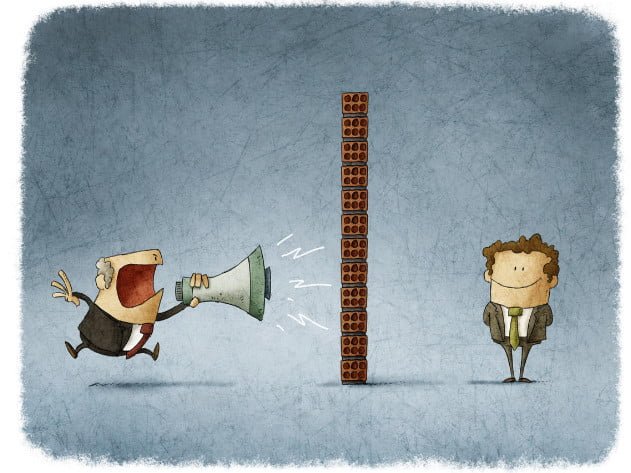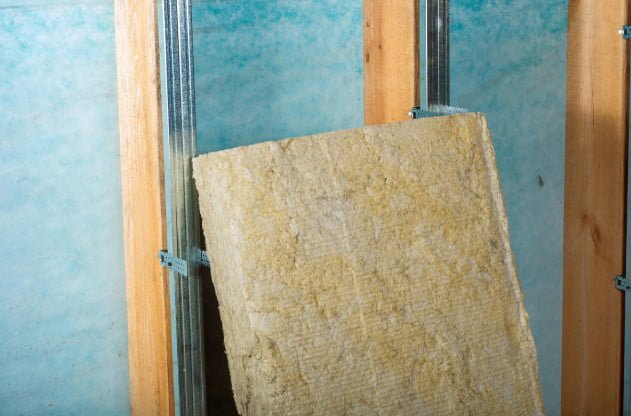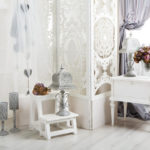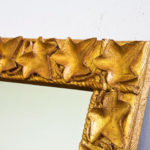In real life, this situation is likely to cause no desire to sing along cheerfully neighbor. Noisy tenant of a neighboring apartment on your nerves. And if he plays the clarinet and trumpet, uses a puncher or makes any other way loud sounds at night, it can also cause insomnia.
Than harmful noise
Noise has a negative effect on the human body, leading not only to hearing impairment and nervous disorders, but also the emergence of a whole bunch of different diseases, ranging from heart rhythm disorders and ending with gastritis.
Scientists have estimated that regular exposure to noise in our bodies leads to premature aging and death. So, life of the citizen can be shortened for ten years only because of noise constantly surrounding inhabitants of the cities. According to doctors, this factor is much more dangerous than Smoking, in addition, every fifth patient of psychiatric clinics moved his mind because of the regular effects of noise.

It would seem that a neighbor with a puncher or a music lover can spoil life only in the city. But problems with noise are not only the residents of apartment buildings, but also the happy owners of suburban possessions. The owner of perfect lawn in the neighborhood, lovers of barbecue and bustling holiday parties, and just the sound of rain on a metal roof — all makes discomfort in a quiet, rural life.

On the neighbor with the puncher and the musician there is a Council in the form of legislation. But the law will not help against crying baby behind the wall or just street noise. Yes and awareness, that this rocker can, finally, to fine, of course, brings moral satisfaction, but loosely helps under insomnia. Therefore, if you can not eliminate the source of noise, the most correct way to create peace — to make high-quality sound insulation of an apartment or a country house.
The nature of the noise
Effective protection against noise is based on an understanding of its “habits” and features. Noise is random sound waves of different frequencies and intensities. And sound is a wave, the propagation of mechanical vibrations in elastic solid, liquid or gaseous media.

Different materials conduct sound waves differently. It depends on the density of the material and its elasticity, and also on the frequency of sound vibrations and sound energy. Sounds of different frequencies are different and are perceived by the human ear. Like any wave, sound can be reflected, absorbed, or refracted. And can do all this at the same time.
Vibrations of molecules, arising from the source of sound, gradually lose their energy to friction and the sound fades. On the other hand, there may be a resonance phenomenon — sound amplification, if the surfaces are made of a material that reflects sound waves.
A couple of the secrets to soundproofing a home
Acoustics is a complex science. The main task facing those who wish to lower the noise level is to prevent sound waves from spreading: to extinguish or absorb the vibrations created by the sound source.
The first secret: thick walls and ceilings
From noise on the street can save thick walls and ceilings. If wall thickness is sufficient, then the sound vibrations just won’t be able to reach your ear: the wave will “wear out” along the way, and the kinetic energy of the vibrations of molecules will turn into heat. The more massive the wall, the less it vibrates from the effects of sound waves.

However, it is not always possible to make the house very thick walls and massive ceilings. Especially if the house is already built, and the source of noise appeared later. For example, when a busy highway was built near your house. And to achieve the ideal of “silence in the compartments”, sound-absorbing structures must be very massive.
The second secret: the device is a multilayer structure
The essence of this method is to create a structure of alternating sound absorbing and scattering materials. Such layers should be at least two.
Dense materials (e.g. bricks) absorb sound waves. And in loose kinetic energy of vibration of molecules is spent for excitation of vibrations in separate fibers of a material and air bubbles and turns into thermal.
This method is most effective because:
- no need to create heavy and thick structures;
- it is possible to make sound insulation after the fact;
- sounds of different frequencies (high and low) have different penetrating power: a combination of materials with different resonance range increases the sound insulation properties.
For the device of the layer scattering sound, fibrous materials are used. For example, mineral wool, which has both sound insulation and thermal insulation properties. Therefore it is possible to combine “two in one”: to make both thermal insulation, and noise isolation at the same time. But manufacturers produce and a separate acoustic materials.

At the device of multilayered sound-insulating designs it is important not to create “sound bridges”, for example, rigid communications in places of fastening of racks of a skeleton to a wall or overlapping. For this purpose, vibratory gaskets and sealing tapes are used.
Slabs of stone wool can be used for the device of sound insulation of existing walling, creating interior partitions, reducing impact noise in ceilings, sound insulation of ceilings.

Modern sound-insulating and sound-absorbing materials will bring peace and comfort to the house, and you will never have the thought of killing neighbors that interfere with sleep…


















